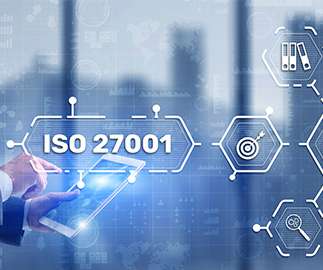Building Resilience and Compliance in Finance: Insights from PagerDuty’s Lee Fredricks by Laura Chu
PagerDuty
JANUARY 16, 2025
To understand these challenges, we spoke with Lee Fredricks, Director of Solutions Consulting for EMEA at PagerDuty. The first step for most companies is a gap analysis to spot and address any weaknesses. This speeds up recovery and helps teams continuously improve. Operational resilience is a must.













Let's personalize your content